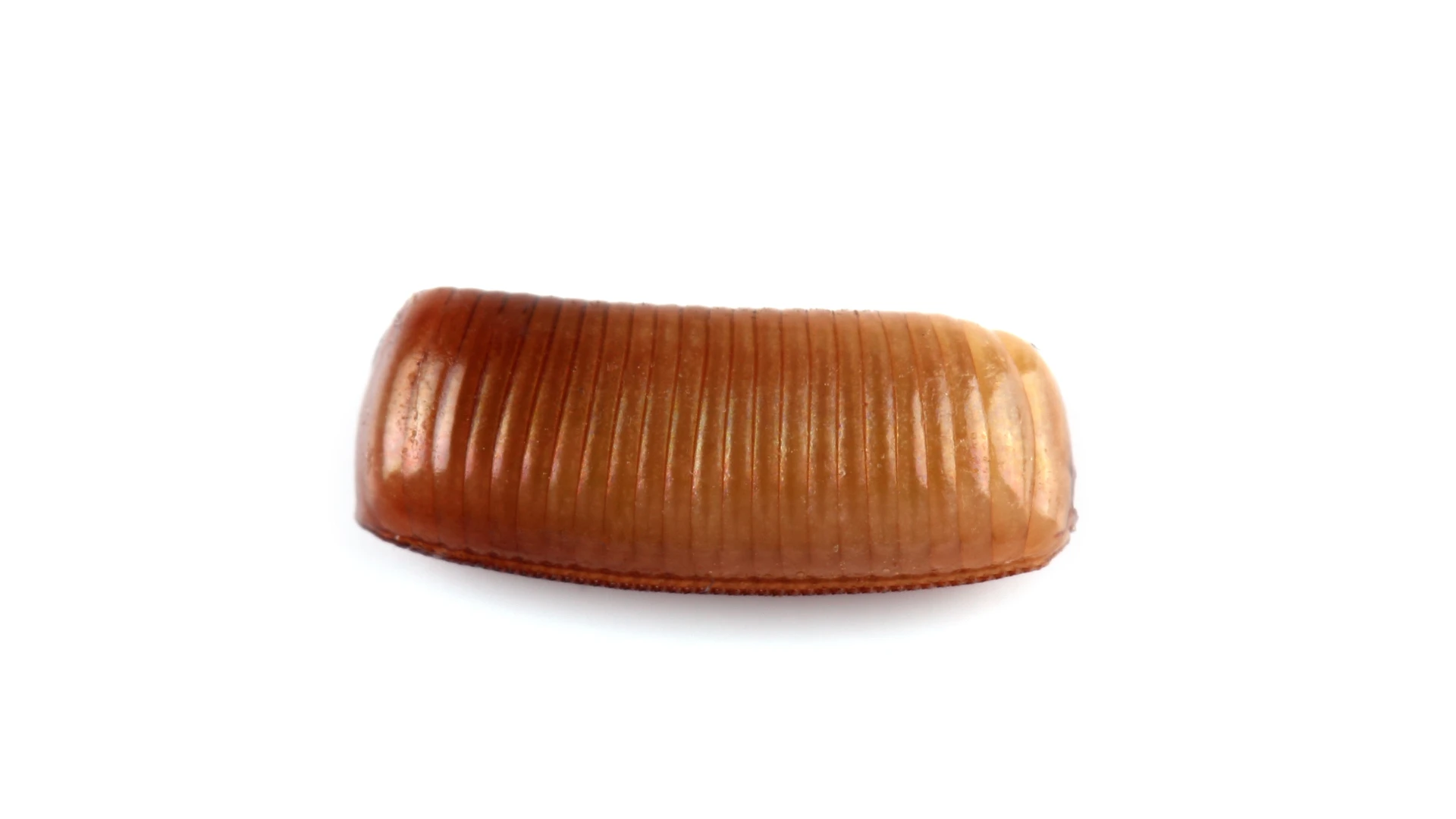
iStock | VitalisG
Editor’s Note: This article was reprinted with permission from Pinto & Associates.
Most pesticides do not have the ability to penetrate the egg case and kill the developing nymphs. So, cockroach treatments in infested sites may eliminate adults and nymphs, but the unaffected egg cases will hatch out new roaches, days or weeks later.
Each egg case has a double row of eggs that hatch into young cockroach nymphs — for some species, the German cockroach, for example, you can tell how many eggs are in one egg case by the indentations outlining each egg compartment. Thirty-two nymphs can hatch from the German cockroach egg case alone.
The incubation time depends on temperature — some studies have shown that development is twice as fast at 95°F as it is at 70°F. This may be why cockroach problems are usually worse in the summer, or around sites that are unusually warm — for example, under refrigerators or near hot water heaters.
Although females of most cockroach species carry the egg case for less than two days, the German cockroach carries and protects hers for 15 days or more. Cockroach females deposit their egg cases in secluded sites, and some species glue them onto surfaces.
The authors are well-known industry consultants and co-owners of Pinto & Associates.

Latest from Pest Control Technology
- Donny Oswalt Shares What Makes Termites a 'Tricky' Pest
- Study Finds Fecal Tests Can Reveal Active Termite Infestations
- Peachtree Pest Control Partners with Local Nonprofits to Fight Food Insecurity
- Allergy Technologies, PHA Expand ATAHC Complete Program to Protect 8,500 Homes
- Housecall Pro Hosts '25 Winter Summit Featuring Mike Rowe
- Advanced Education
- Spotted Lanternflies, BMSBs Most Problematic Invasive Pests, Poll Finds
- Ecolab Acquires Guardian Pest Solutions








